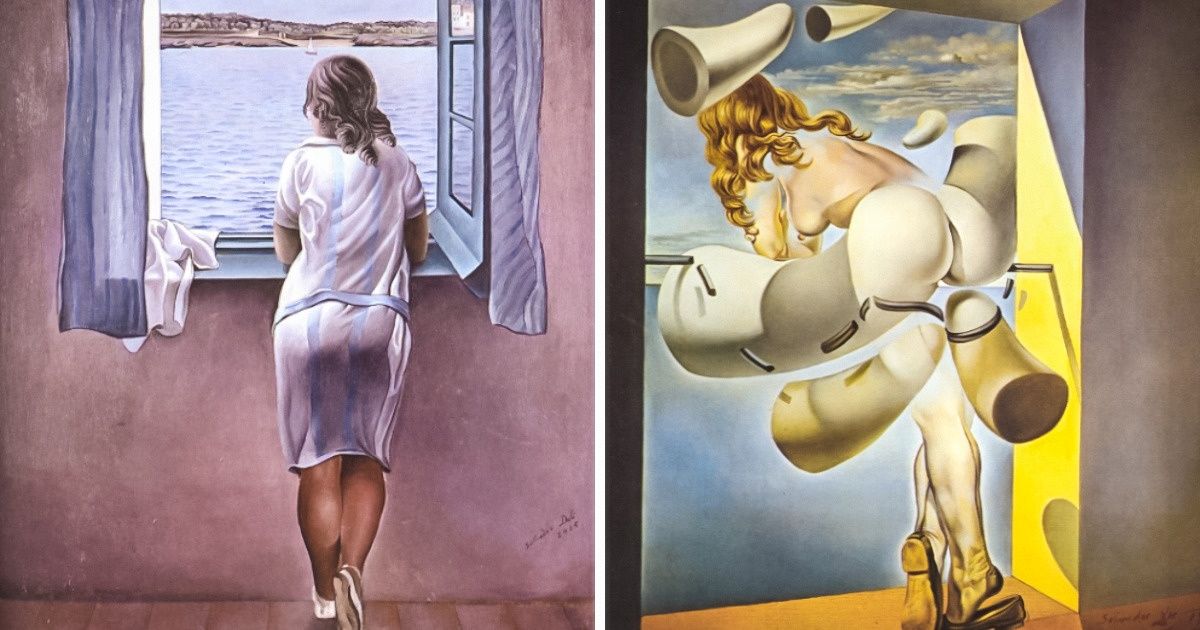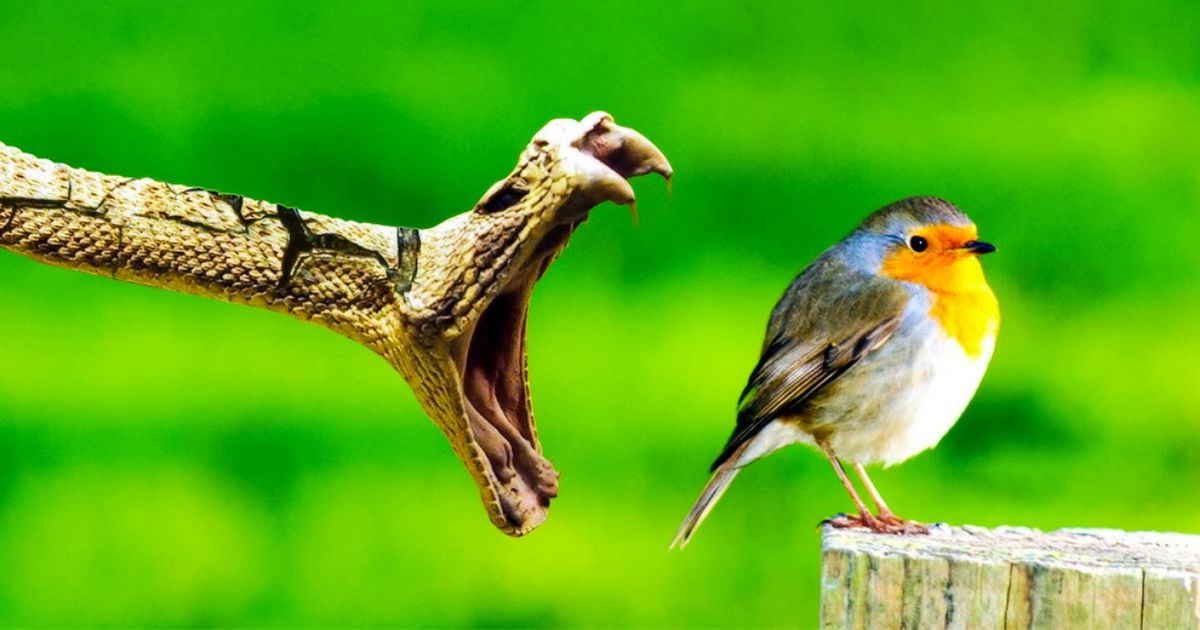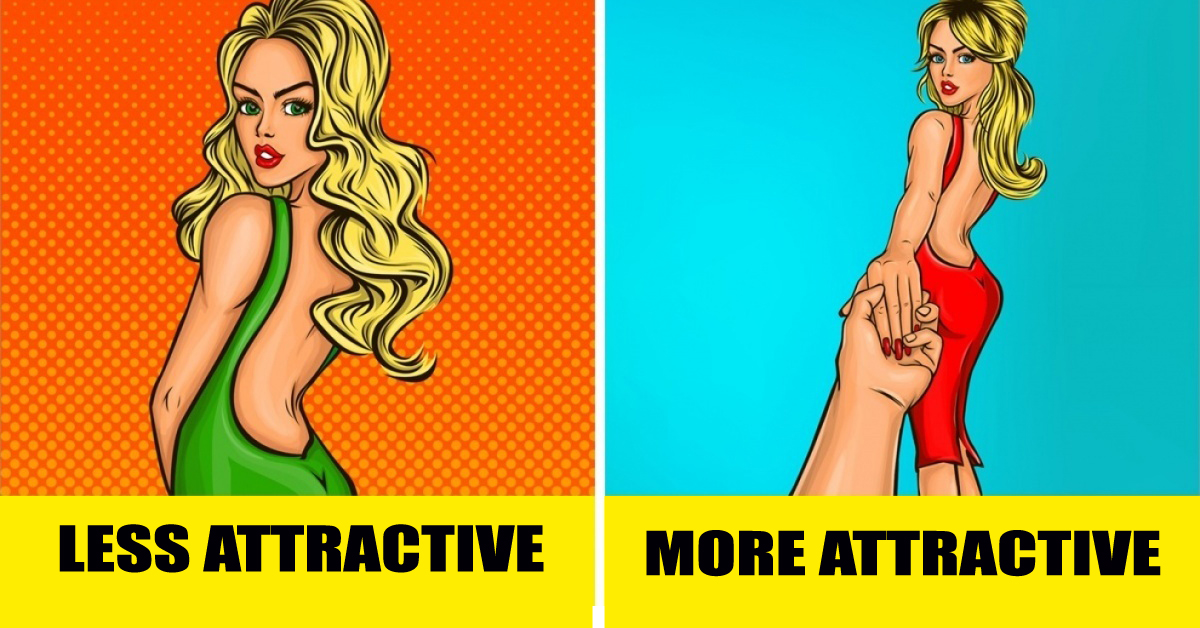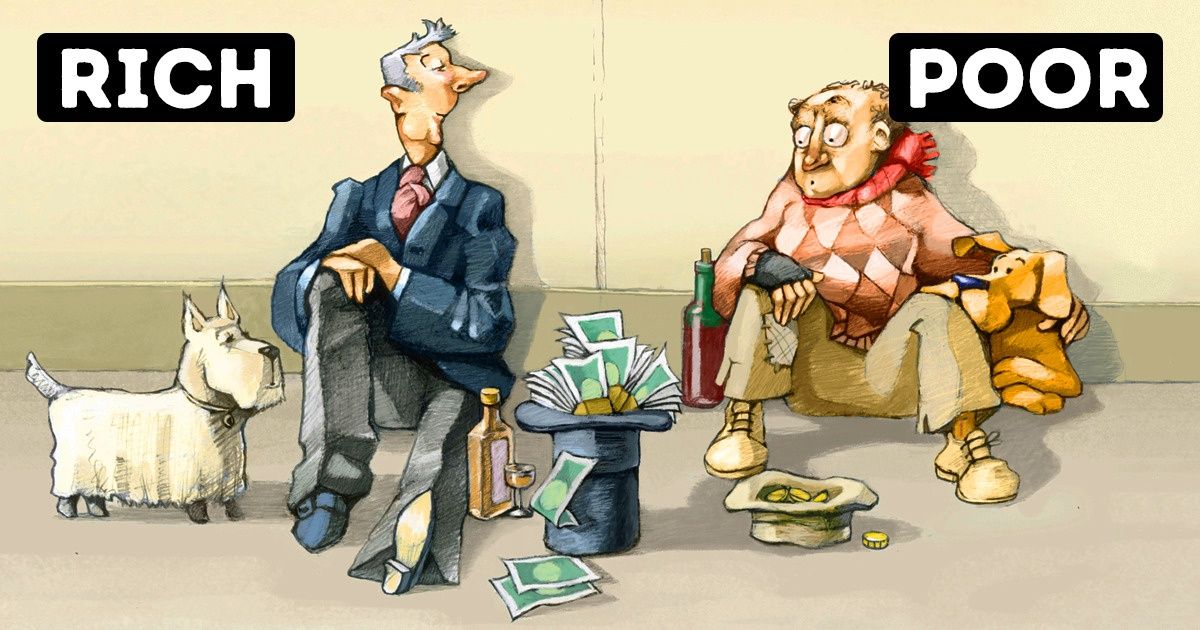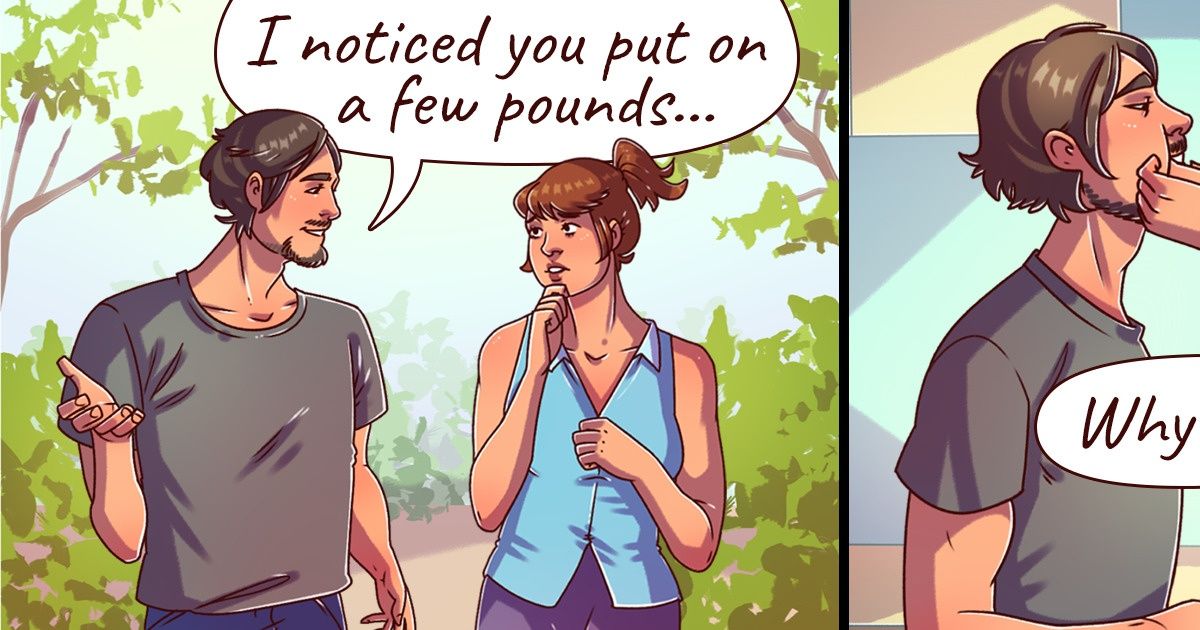It turns out that even the masterpieces we know very well may have some secrets. We believe that almost every major work of art hides a mystery to solve. Today, we would like to talk about some of them.
6. 112 Proverbs at a Time
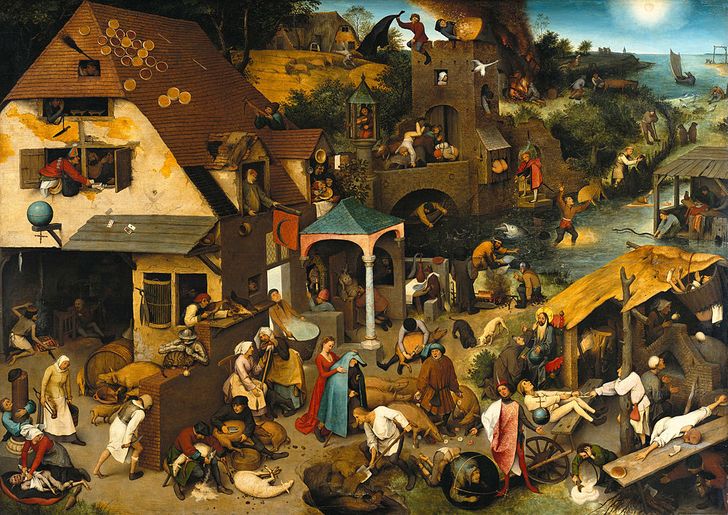
Pieter Bruegel painted a town inhabited by people who represent Flemish proverbs of his day in age.
In summary, this artwork includes approximately 112 identifiable languages. Some of them are still widely used, for example, “swimming against the tide”, “banging one’s head against a brick wall,’ ‘armed to the teeth,’ ‘big fish eat little fish’ and so on.
Other sayings represent human madness.
5. The Subjectivity Of Art
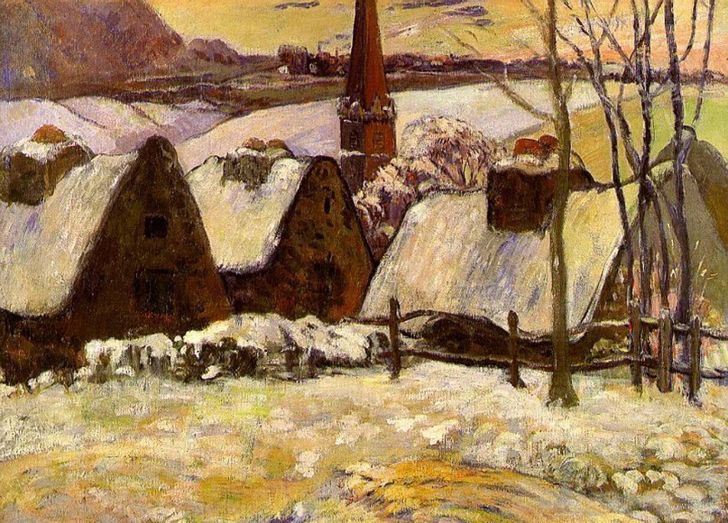
Gauguin’s painting, “Breton Village in the Snow”, was sold after the author’s death for only seven francs.
It was purchased under the name “Niagara Falls” because the auctioneer accidentally turned it over and decided it was a waterfall and not a town.
4. A Hidden Portrait
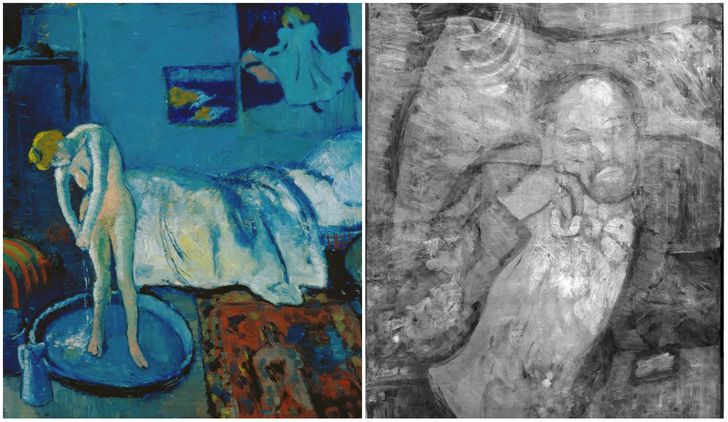
In 2008, researchers used X-ray cameras to discover a hidden image underneath Picasso’s ‘The Blue Room’.
It was a portrait of a man in a suit and bow tie, resting his face in his hand.
“When he [Picasso] had an idea, you know, he just needed to figure it out …
He couldn’t afford to buy new canvases every time he had an idea he wanted to pursue,’ curator Susan Behrends Frank explains.
3. How Masterpieces Come To Life
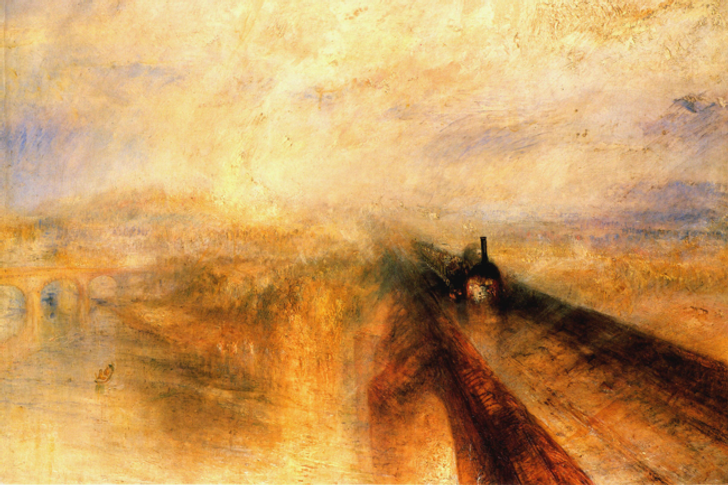
In 1842 Mrs. Simon was traveling by train to England. Suddenly, it started raining cats and dogs.
An elderly gentleman sitting in front of her stood up, opened one of the windows, put his head out, and kept it there for about ten minutes.
The woman was so intrigued that she opened another window and began to admire the scenery as well.
A year later, while attending an exhibition at the Royal Academy of Arts, Ms. Simon recognized that moment in one of the paintings. It was called ‘Rain, Steam, and Speed.’
2. Michelangelo’s Anatomy Lessons
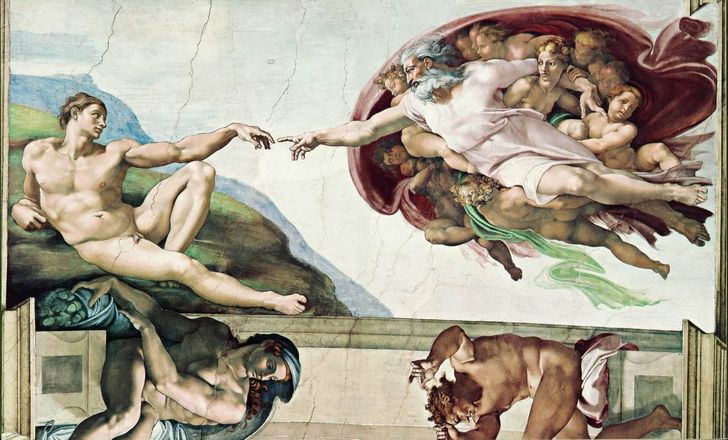
Some American experts in the field of neuroanatomy believe that one of Michelangelo’s most famous works contains allusions to anatomy.
They argue that the correct part of the painting is an anatomically correct image of a huge brain.
In fact, you can find even the most sophisticated components of the brain, such as the cerebellum, optic nerve, and pituitary gland.
At the same time, the conspicuous green band perfectly coincides with the vertebral artery.
1. Van Gogh’s Last Supper
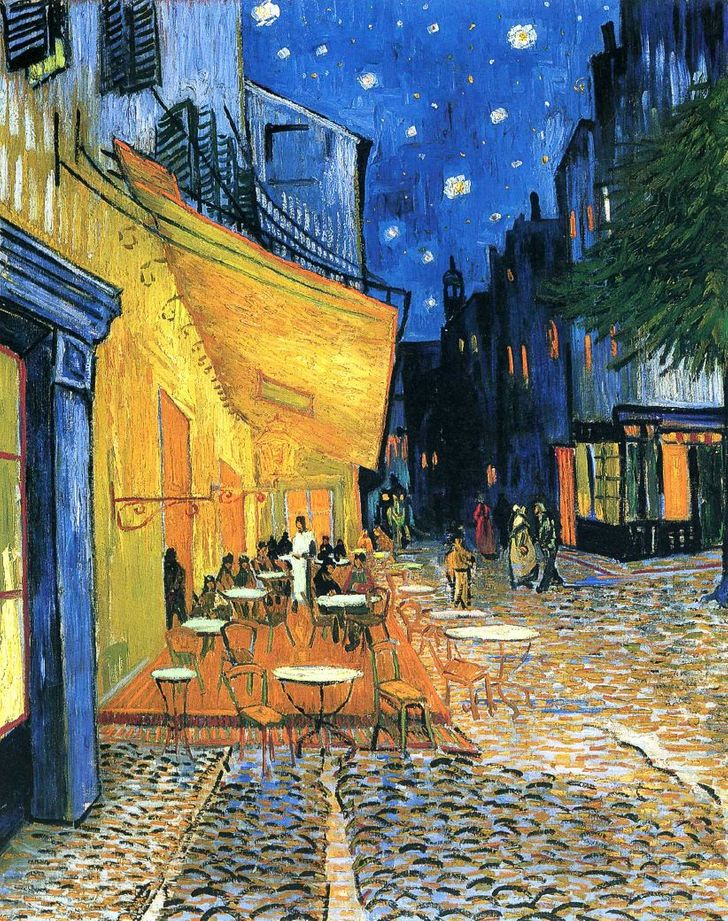
Investigator Jared Baxter argues that Van Gogh’s painting ‘Café Terrace at Night’ contains a hidden allusion to Leonardo da Vinci’s ‘The Last Supper’.
The central figure is a long-haired waiter in a white robe surrounded by twelve people (just like Jesus and the apostles). There is a cross on the waiter’s back, which is also quite symbolic.
